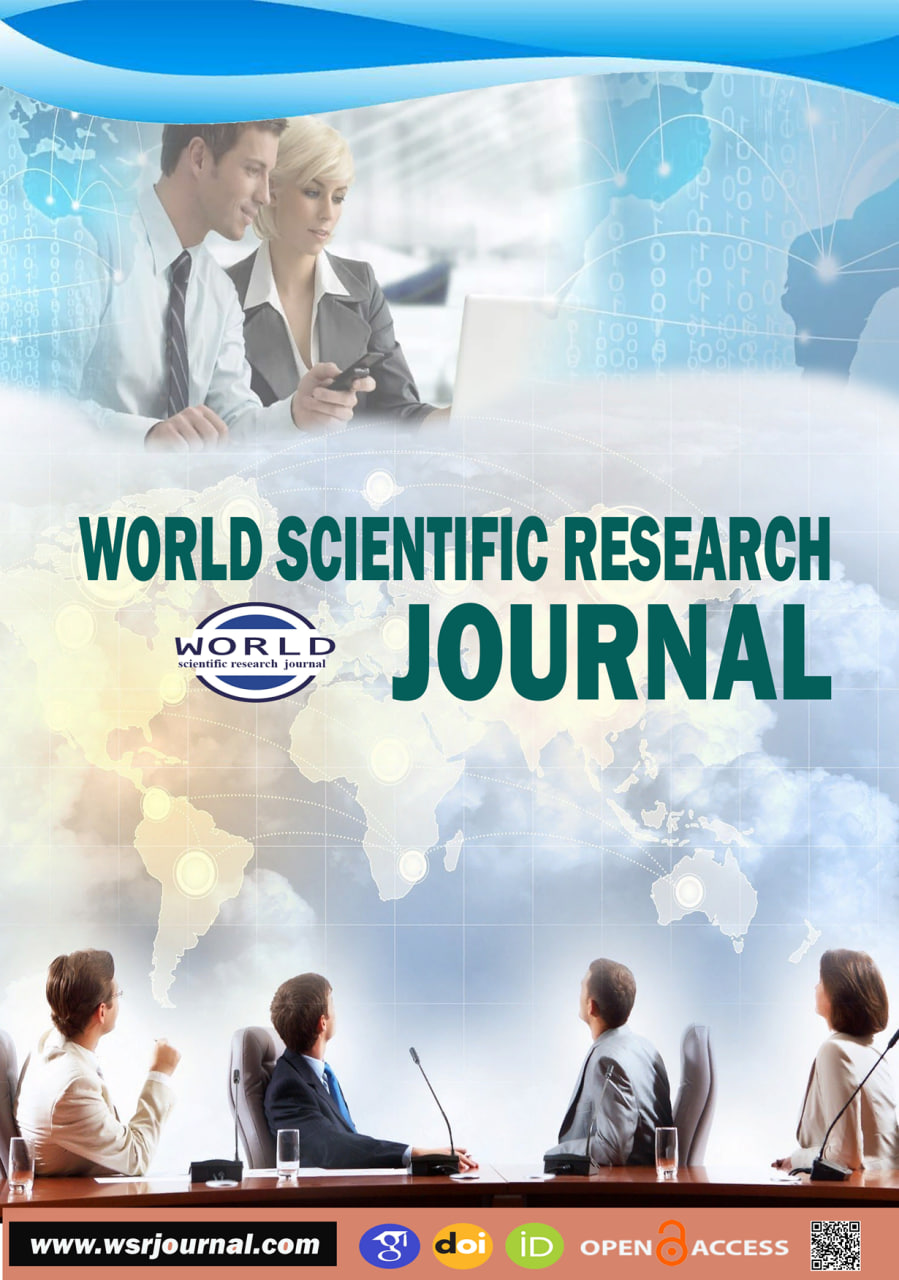A MODERN VIEW ON THE RELEVANCE OF THE PROBLEM OF NON-SPECIFIC ULCERATING COLITIS
Abstract
Ulcerative colitis (UC) is one of the most serious and unresolved problems in gastroenterology. UC is a common chronic disease of the colon, characterized by ulcerative and structural changes in the colon mucosa. Globally, it has an incidence of 50–230 cases per 110,000 people [1]. The disease can worsen at absolutely any age, but men and women aged 18-45 are especially susceptible. Colitis is twice as rare in smokers as in non-smokers. Many factors influence the development of this disease, the most common of which are: Infectious, immunological, genetic, and, of course, environmental factors. The disease is characterized by a long, persistent course, a tendency toward seasonal exacerbations and severe complications, a high rate of disability, and primarily affects young and middle-aged individuals of working age. In recent years, increasing importance has been attached to the state of the immune system in the pathogenesis of UC, which largely determines the outcome of the disease [1,2]. UC was first described in medical literature many centuries ago. The first description of the morphological picture of UC belongs to the Viennese pathologist Karl Rokitansky, which he presented in 1842 in a report “On catarrhal inflammation of the intestine.” Having performed several thousand autopsies on patients who died from infectious colitis, he described "ulcer-like colitis." Circular No. 4 in 1865 already contained a detailed description of the histological picture of UC, based on the study of over 200 autopsies. The disease has been described in follicles and glandular structures of the intestinal epithelium.
References
1. Dusanov A.D., Yuldasheva D.A. Clinical immunological characteristics of non-specific ulcerative colitis. Journal of cardiorespiratory research. 2022, vol 3, issue 2, pp.
2. Knyazev O.V., Kagramanova A.V., Parfenov A.I. Ulcerative colitis. On the 180th anniversary of the description by Karl Rokitansky. Therapeutic archive. 2021;93(12):1564–1568. DOI: 10.26442/00403660.2021.12.201219.
3. Dusanov A.D.1, Mamurova N.N. Clinical and immunological characteristics of nonspecific ulcerative colitis. Therapeutic archive. 65-68.
4. Vatutin N.T., Shevelyok A.N., Karapysh V.A., Vasilenko I.V. Nonspecific ulcerative colitis. Archives of Internal Medicine. № 4(24). 2015. UDC. 616.345-002.44. 62-65.
5. Guido Adler. Crohn's disease and ulcerative colitis - M.: Geotar Med, 2001. - 527 p.
6. Baghaei A., Emami M.H., Adibi P., Tavakkoli H., Daghaghzadeh H., Tamizifar B. et al. Inflammatory Bowel Disease Registry and Monitoring: Feasibility Study and Application (Isfahan Inflammatory Bowel Disease Surveillance Project). Int J Prev Med. 2019;10:190. doi: 10.4103/ijpvm.IJPVM_316_17.
7. Bolotova E.V., Yumukyan K.A., Dudnikova A.V. Modern concepts of the mechanisms of development and predictors of the severity of ulcerative colitis. Doctor.Ru. 2022; 21(2): 34–39. DOI: 10.31550/1727-2378-2022-21-2-34-39.
8. Wei S.C., Sollano J., Hui Y.T. et al. Epidemiology, burden of disease, and unmet needs in the treatment of ulcerative colitis in Asia. Expert Rev. Gastroenterol. Hepatol. 2021; 15(3): 275–89. DOI: 10.1080/17474124.2021.1840976
9. Burisch J., Jess T., Martinato M., Lakatos P.L., Gastroenterol. 2005;19(SA):5A–36A. doi: 10.1155/2005/269076. 6. ECCO-EpiCom. The burden of inflammatory bowel disease in Europe. J Crohns Colitis. 2013;7(4): 322–337. doi: 10.1016/j.crohns.2013.01.010.
10. Shaposhnikov V.I., Storozhuk P.G., On the pathogenesis of nonspecific ulcerative colitis. Kuban Scientific Medical Bulletin. No. 7 (142) 2013. UDC. 616.345-002.3-022-089.168.1-06. 129-131.
11. [Tertychny A.S., Akhrieva Kh.M., Maev I.V. et al. Diagnostic problems of histological remission in patients with inflammatory bowel disease. Arkhiv Patologii. 2017; 79(3): 3–9. (in Russian)]. DOI: 10.17116/patol20177933-9
12. Orlanski-Meyer E., Aardoom M., Ricciuto A. et al. Predicting outcomes in pediatric ulcerative colitis for management optimization: systematic review and consensus statements from the pediatric inflammatory bowel disease-ahead program. Gastroenterology. 2021; 160(1): 378–402.e22. DOI: 10.1053/j.gastro.2020.07.066
13. Lugovkina A.A., Rudakova L.O., Kryukova N.A., Bessonov A.A., Skvortsov V.V. Features of diagnosis and treatment of nonspecific ulcerative colitis. Experimental and Clinical Gastroenterology.2019;164(4): 10–16. DOI: 10.31146/1682-8658-ecg-164-4-10-16.
14. A. A. Budzinskaya, E. A. Belousova, S. G. Tereshchenko, A. V. Levitskaya. Ulcerative colitis and Crohn's disease: problems of differential iagnostics.DOI: https://doi.org/10.56871/UTJ.2023.92.54.003
15. Egamov Yu.S., Khaidarov S.A. The primary importance of endomesenteric lymphotropic therapy in the complex treatment of nonspecific ulcerative colitis in the postoperative period.Re-Health Journal. RHJ-2(10)-2021. 260-266
16. Ulcerative colitis (adults): clinical guidelines / Russian Gastroenterological Association, All-Russian public organization "Association of Proctologists of Russia".2020.
17. Abdulhakov S.R., Abdulhakov R.A. Nonspecific ulcerative colitis: modern approaches to diagnosis and treatment. Bulletin of modern clinical medicine. 2009 Vol. 2, issue 1. UDC. 616.348-002.44-07-08. 32-41.

